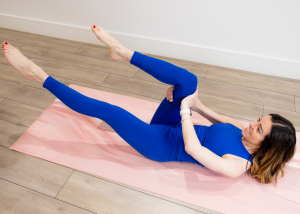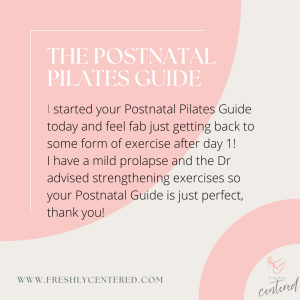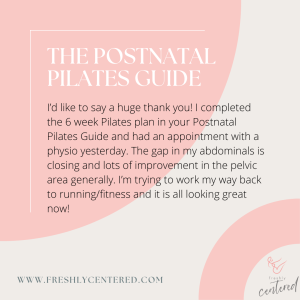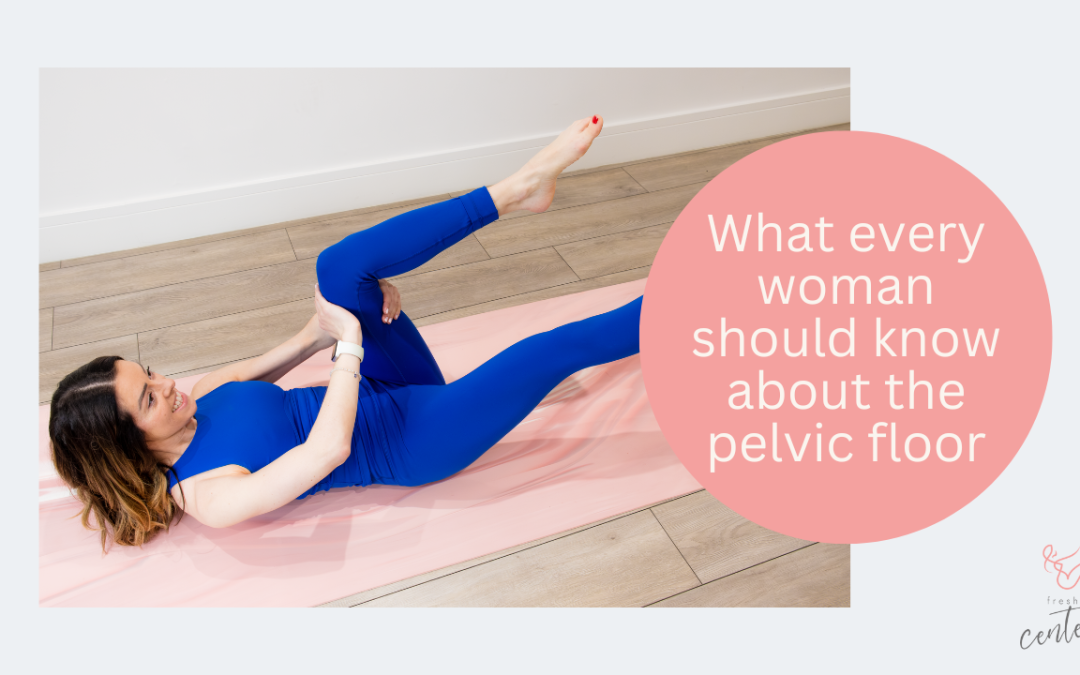Pelvic floor health is often associated with pregnancy and new mums, but in reality all women can benefit from pelvic floor knowledge. With important roles in bladder and bowel function, supporting pelvic organs, improving core strength, and contributing to sexual pleasure, pelvic floor health is crucial.
Research shows that one in three women experience pelvic floor problems-with constipation, pregnancy, age and gynaecological conditions all playing a contributing role. Here are the facts you should know about your pelvic floor.
Know The Signs
Leaking urine when you cough, sneeze, or laugh, or not making it to the toilet in time are the most common signs of pelvic floor weakness. Bowel incontinence, constipation, pain with toileting or intercourse, or a feeling of heaviness in your vagina are also signs of pelvic dysfunction.
Avoid Constipation
Straining to move your bowels can stem back to childhood; with pregnancy, increased age and menopause all contributing to pelvic floor weakening. Eating a high fibre diet with adequate hydration and regular exercise, and using a step to raise your feet when on the toilet can all reduce pressure on your pelvic floor.
Exercise Method Matters
High-impact exercise such as running, and weightlifting are often associated with pelvic floor problems. Studies have shown that gradually progressing your run distance or weights to minimise pelvic floor pressure, in combination with pelvic floor strengthening exercises can prevent pelvic problems. Start with a foundational core and pelvic floor programme, like this one, and then progress to higher level exercise with confidence.

How To Strengthen Your Pelvic Floor
Your pelvic floor has two different types of muscle fibres-fast and slow twitch. Both must be exercised for optimal strength. To exercise the fast-twitch muscles, contract and relax your pelvic floor ten times. For the slow-twitch, hold the contraction for ten seconds before fully relaxing. Repeat ten times per day.
Consider Oestrogen
Oestrogen levels decline with age, and lower levels can cause weakening of the pelvic floor and leave the vaginal tissues drier and thinner. This can lead to continence and/or sexual dysfunction. Topical oestrogen can improve these symptoms.
If you are struggling with incontinence, constipation, pelvic pain or painful sex, chat to your GP for more advice.
If you want to get started with a physio-led progressive Pilates plan to exercise your core and pelvic floor, this is the 6 week guide for you. And even better, it’s currently on sale for a very limited time! Here are some reviews of other women who have had great success following The Postnatal Pilates Guide:





